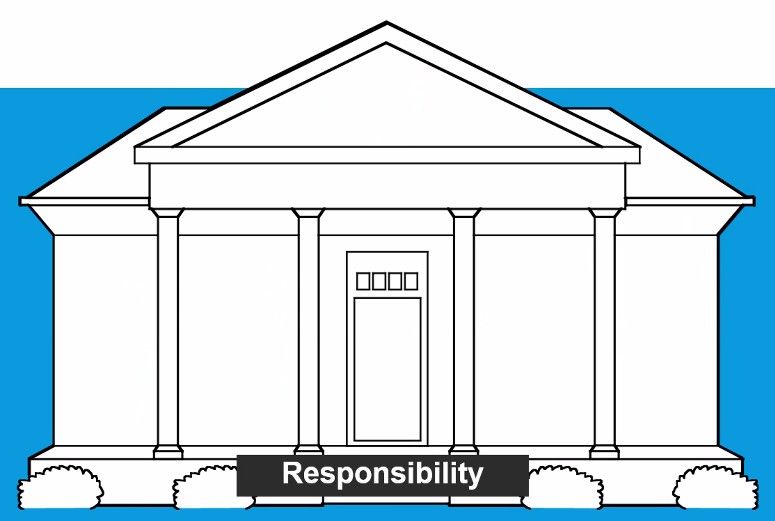In my last post you learned some basics about mindfulness. Today I want to tie this into embracing happiness. In Happy for No Reason: 7 Steps to Being Happy from the Inside Out, Marci Shimoff and Carol Cline talk about our “Inner Home for Happiness.” They use the metaphor of a house to illustrate that humans are whole systems. As we keep this concept in mind, we can be aware of those parts of us that feel strong and those parts that need our attention. Your “Inner Home for Happiness” will serve as a guide as you mindfully embody your true self – your unique and beautiful version of happiness.
Let’s explore our Inner Home for Happiness. Our house has 7 parts, and each has an overarching
premise and three associated habits. Today we will learn about the structure of the house and talk about each part in turn in future posts. Our house starts with a foundation. Next our house has four walls which are called pillars. The pillars are the “mind,” “heart,” “body,” and “soul.” Every house has a roof. Finally, a house wouldn’t be complete without a garden.
Let’s begin with the first especially important aspect. Our house must be built on a solid foundation. Make a conscious choice to take personal responsibility for your happiness. Cultivate the habits of seeking solutions, looking for the lesson and the gift in your experiences, and make peace with yourself.
Let’s focus on looking for the lesson and the gift. This information may inform you about workable
solutions and help you make peace with yourself.
Try this exercise (used by permission of Marci Shimoff):
- Sit quietly by yourself. Close your eyes and take a few deep breaths.
- Recall a specific situation that has caused you to feel wronged or to blame others. Picture the person or people involved, the setting, and what was said or done.
- Imagine taking several steps back and observing the situation from a distance, as though you were watching a movie on a screen.
- What part of what happened can you take responsibility for? Did you ignore signs that should have clued you in that there was a problem? Did you act in a way that might have provoked the situation? Did your thoughts or actions escalate the situation?
- What’s your lesson to learn from what happened? Do you need more patience or better boundaries? Do you need to listen more, say less?
- Ask yourself: If this were happening for a higher purpose, what would that be? Can you find the gift?
- Write down the most important thing you can do differently as a result of finding the lesson or the
gift. What did you learn about yourself as a result of doing this exercise? What will you do differently as a result?
Tune in next week to learn more about your “Inner Home for Happiness.”

